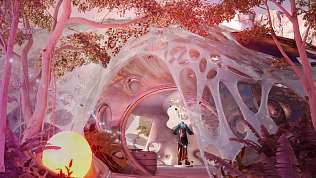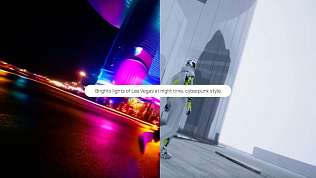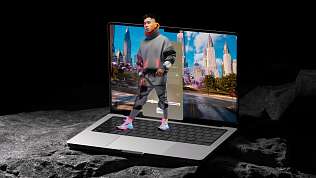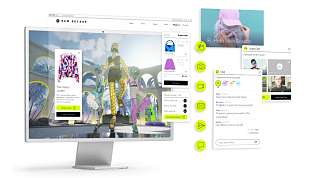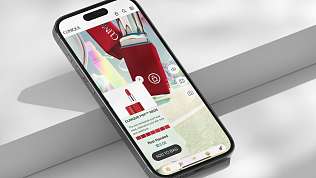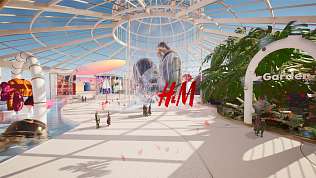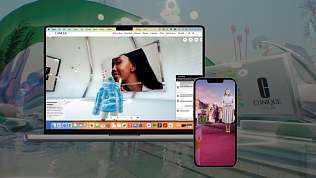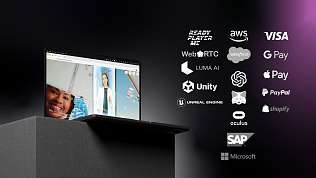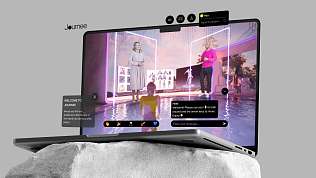Luxury 3.0: Bringing Designer Brands into the Immersive Web
Immersive brand experiences will be what sets brands of tomorrow apart from brands of yesterday. The rise of metaverse and Web3 technologies, virtual experiences, and changing consumer trends give luxury brands the opportunity to revolutionize the way they interact with customers.

Luxury 3.0: A New Paradigm
Once upon a time, it felt like Gucci Belts, Rolex’s, and Lamborghinis were reserved for rap songs or the elite. However, it’s increasingly more common to see people at all socioeconomic levels rocking Cartier bracelets, designer bags, and even luxury home appliances (why spend $150 on a coffee maker when you can spend $1500!?).
Fortunately for luxury brands, the pandemic ushered in a new moment for expensive goods and unprecedented sales for companies like LVMH and other luxury conglomerates. For example Richemont (covering bands like Cartier, Van Cleef, MontBlanc) saw profits rise by 61% in 2022.
The reason? TikTok, Instagram, and influencer marketing to name a few. It seems as though GenZ and Millennials love influencing each other to buy luxury goods and in their eyes, these toys are worth the money. And this trend is hitting younger and younger age groups each year. GenZ and even Gen Alpha’s luxury spending is expected to make up 30% of the luxury market by 2030.
Now, leading luxury retailers are seizing the moment by meeting new customers in an even more immersive and experiential way.
What is the Immersive Web and Immersive Online Experience?
The Immersive Web is the next stage of the internet. It’s about meaningful interactions between brands, products and people in beautiful, immersive digital spaces. It’s more pervasive, more enriching, and more beneficial to both brand and user.
Although in its nascent stages, brands across industries are entering this space to redefine shopping, education, and entertainment.
Luxury Opportunities in the Immersive Web
The boundaries from the physical and digital space are blurring, not only impacting the fashion industry, but the luxury world as a whole. Leading luxury brands have already jumped into the immersive web, becoming trailblazers of this new space. For example, Gucci was the first major luxury brand to enter the immersive web with brands like Louis Vuitton, Porsche and even Lamborghini following suit.
The opportunities for luxury brands in the immersive web are vast and full of possibilities. Brands can make customers feel like kings and queens by allowing them to try or interact with their products in a virtual space. Inclusive brands can take it even farther by inviting their customers to partake in the actual design or customisation of a product.
The possibilities are endless. Soon, we expect to see an entire shopping world in the virtual space, filled with virtual showrooms, digital influencers, and wildly creative, immersive shopping experiences.
How to Engage with Today’s Immersive Web Shopper
83% of GenZ express interest in virtual world purchases. GenZ has become a transformative force, making up almost a third of the global population with tremendous purchasing power.
Luxury is no longer defined by price points. It is no longer a status symbol, but a way to express one’s style and spirit. The cultural narrative is also shifting, becoming more accepting of “treat yourself” purchases or spending the money for self-care and quality.
The new generation is a driving force in demand for luxury brands to meet them where they are. However, there is variety and nuance in the target audience that luxury brands should bear in mind.
For example, Digital Natives will serve as early adopters of new spaces and ways of buying, especially if influenced by peers or a trusted influencer. Luxury brands interested in entering this space should speak to Co-Creators through the ability to customize/design, put looks together, etc.
Fashion Activists value radical self-expression and prioritize diversity and inclusion; they will want to see variety and representation in an immersive space. Finally, environmentalist consumers prioritize sustainability and are increasingly turning to digital alternatives for fashion and luxury.
How Luxury Brands Can Use Immersive Web to Be More Sustainable
Younger generations are willing to fork over the extra cash, but they want to make sure they’re investing in quality, ethical, and sustainable brands.
Fortunately, Immersive Online Experiences in the luxury space naturally facilitate a more sustainable business practice. For example, unlike physical production, digital retail is more environmentally friendly, with 97% less CO2 emission and more energy saved across the production cycle.
Immersive Online Experience consumer engagement best practices?
At Journee, we’re helping luxury brands make waves through Immersive Online Experiences. We help luxury brands combine retail opportunities with “edutainment” to maximize engagement, open new revenue streams, and broaden their target market.
The good news about the immersive web is it allows brands to customize the experience and make it unique to their brand. With that, here are a few best practices we recommend:
Consistency is Key: Luxury brands should ensure their brand’s virtual experience aligns with its existing language, design, and overall aesthetic. Experimentation is great but the experience should reflect the brand’s real-world values.
User Experience is Crucial: Flow and navigation should remain a main priority when designing a virtual showroom. Consider the demographics of your target audience and tailor their journey to their needs for optimal engagement.
Showcase Brand Values: The appeal of luxury brands is more about values than price point. The immersive web offers a unique opportunity for brands to showcase and uphold their strong values such as craftsmanship, sustainability, and innovation.
Invest in the Right Team: Hiring experts in the field who understand Immersive Experiences can make a significant difference in the success of a brand’s virtual showroom or immersive tech offering.
Reach a global audience, connect with consumers in a deeper way, and add new revenue streams to your business through JourneeX.
Learn more about how JourneeX can help you to create the immersive experience of your visions.
Where to Begin with the Immersive Web
Luckily, notable luxury brands like Gucci, Dolce & Gabbana, and BMW have succeeded in building a virtual space for their customers.
To integrate this next-generation technology into a current business model and successfully create luxury experiences, brands must first create an immersive web strategy that covers their objectives and performance indicators.
Brands should also consider whether they require an in-house team to support them through the process. Journee has worked with some of the most well-known, forward-thinking brands. We provide the necessary expertise, artistic direction, and technical ability to help them carve out a unique space in the immersive web through JourneeX, our leading platform with over 10m hosted users and 25 awards for our immersive experiences.
Summary: The Future Starts Here
It’s official! Immersive brand experiences will be what sets brands of tomorrow apart from brands of yesterday. The rise of metaverse and Web3 technologies, virtual experiences, and changing consumer trends give luxury brands the opportunity to revolutionize the way they interact with customers. And the benefits go far beyond entertainment. In fact, these technologies can help brands leverage new business opportunities all while creating a more efficient and sustainable value chain.
To learn more about Journee's solution for the luxury industry, click here.

